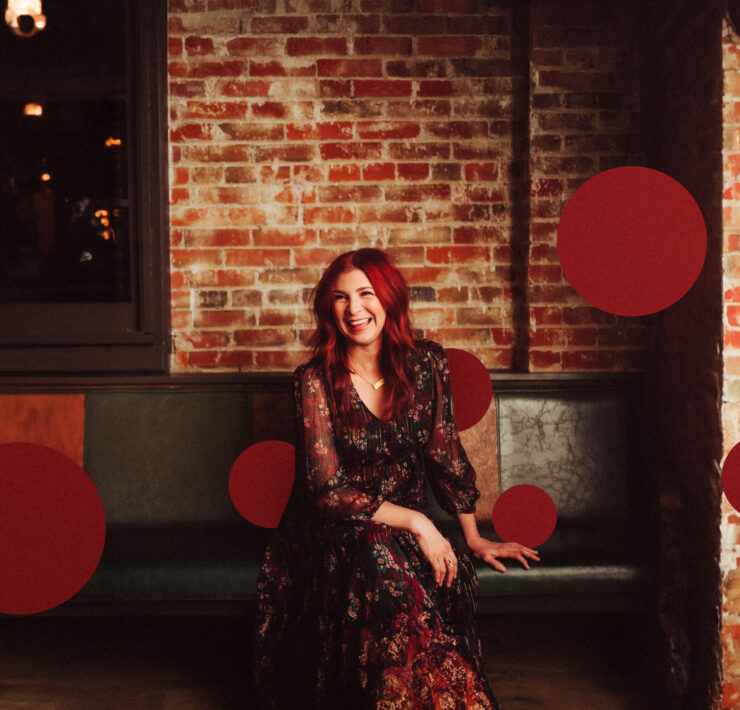
One of the most popular novels of all time—The Hobbit—practically began as a doodle, says Mark Atherton, author of There and Back Again, a new book on J.R.R. Tolkien and The Hobbit.
Atherton, a lecturer in English language and literature at Oxford University, says that in 1930, Tolkien was grading secondary school exam papers at his home in North Oxford, and he was bored. “So, on a blank sheet of exam paper he jotted down: ‘In the hole in the ground there lived a hobbit,’” says Atherton.
Atherton discusses Tolkien inside the Eagle and Child pub in Oxford, England, near a plaque on the wall that reads: “Until 1963 the great writers of the ‘Inklings,’ C.S. Lewis, J.R.R. Tolkien … met regularly on this spot. The conversations that have taken place here have profoundly influenced the development of 20th Century English literature.”
But what is it about The Hobbit and The Lord of the Rings that has captured the imagination of so many? And why, even now, 75 years after its original publication date, are the stories so enduring? Perhaps we learn the answers to these questions by looking closer at the storyteller himself.
Tolkien was a complex man. He was a devout Catholic, who opposed many of the changes of the Second Vatican Council, including changing the Latin Mass to regional languages. Yet he also reinvented and popularized the high fantasy genre. He was an esteemed professor at Oxford University, but he only had an undergraduate degree. He was also slow to write. It took him over 15 years to write The Lord of the Rings saga, but he was also prone to flashes of inspiration.
When Tolkien scribbled down the word “hobbit” on that summer day in 1930, Atherton says, it was probably the first time he had written the word. He says Tolkien might have invented the word by drawing from his knowledge of other languages. “Hobbit” might have come from the word “hob,” which in English folklore referred to little people who lived in caves and did mischievous things if you dared to cross them, Atherton explains.
About a block from the Eagle and Child pub, the gothic St. Aloysius Church towers against the Oxford skyline. Built in 1875, the Catholic church is one of two main churches Tolkien attended, starting in the mid-1920s, when he taught and began his family in Oxford.
Fr. Richard Duffield, a priest at St. Aloysius, says you can see the Catholic influence in Tolkien’s fiction. For example, Frodo and Bilbo often get help from Galadriel, who is a figure not unlike the Virgin Mary. Additionally, he says, Frodo gets energy to continue on his journey from lembas bread—the small cakes the elves make that have an almost magical ability to placate hunger. The lembas bread, Duffield argues, mirrors the Holy Eucharist.
“This reflects the Catholic sacramental understanding that grace can enter into our everyday lives,” Duffield explains. “The Hobbit and The Lord of the Rings celebrate the power of friendship, the strength gained by collaboration in a single aim and the power of a Christian society. We are never saved alone—we are saved by others, above all through the Church and through a civil society whose values are formed by the Gospel.”
But Lynn Forest-Hill, education officer for the Tolkien Society of the United Kingdom, says the power of Tolkien’s writing isn’t based on any particular religious belief. “The willingness of Frodo, Aragorn and Gandalf to confront evil, the power of love in friendship, [the role of] compassion and mercy, are aspects of Christianity, but other beliefs, too,” she says.
However, Forest-Hill says there is a debate on whether The Lord of the Rings has a Messiah figure. “And if so, is it Frodo who sacrifices himself by his longsuffering on the Quest?” she asks. “Or is it Gandalf, who dies in battle with the Balrog and is sent back clothed in white to complete his mission?”
All debates aside, most scholars agree Tolkien was a deeply religious man. “Tolkien was a devout Christian,” explains Devin Brown, professor of English at Asbury University and author of The Christian World of The Hobbit. “We see this in his letters. We see this in the way he raised his children. We see this in his life of quiet piety. We see this in the way he was instrumental in helping to bring his atheistic friend, C.S. Lewis, to belief in Christ.”
Brown says The Hobbit exemplifies three basic Christian principles—providence, purpose and moral sensibility—and that they all serve to inspire Christian hope.
Turning to the Greeks, Matt Dickerson, a Tolkien scholar and author of A Hobbit Journey, argues that Tolkien’s spirituality is Aristotelian, as opposed to Platonist, which tends to devalue the physical world and posits the body as evil.
“Middle-earth is good,” explains Dickerson. “It is a place of beauty. And those who live in Middle-earth delight in its bounty and its very physicalness: in the taste of mushrooms, beer, strawberries and cream; in the beauty of flowers and gardens; in the value of mountains and wilderness; and even trees and the grass they walk upon.”
But to hear all these theories about Marian allusions, Messianic symbolism and Aristotelian philosophy, Tolkien may have simply shaken his head. In his view, literature did not need to have an explicitly Christian message nor operate as a direct allegory—which was, in fact, a point of disagreement between Tolkien and Lewis.
Yet if life informs art, then one does not have to affirm strict allegory for spiritual elements to show up in one’s work. And perhaps Tolkien’s Middle-earth is even more beloved because its rich spiritual landscape is not manufactured. Instead, it is informed naturally by a man who loved a true story well—and all its elements of courage, friendship, self-sacrifice and more—and allowed it to overflow into his work.






















